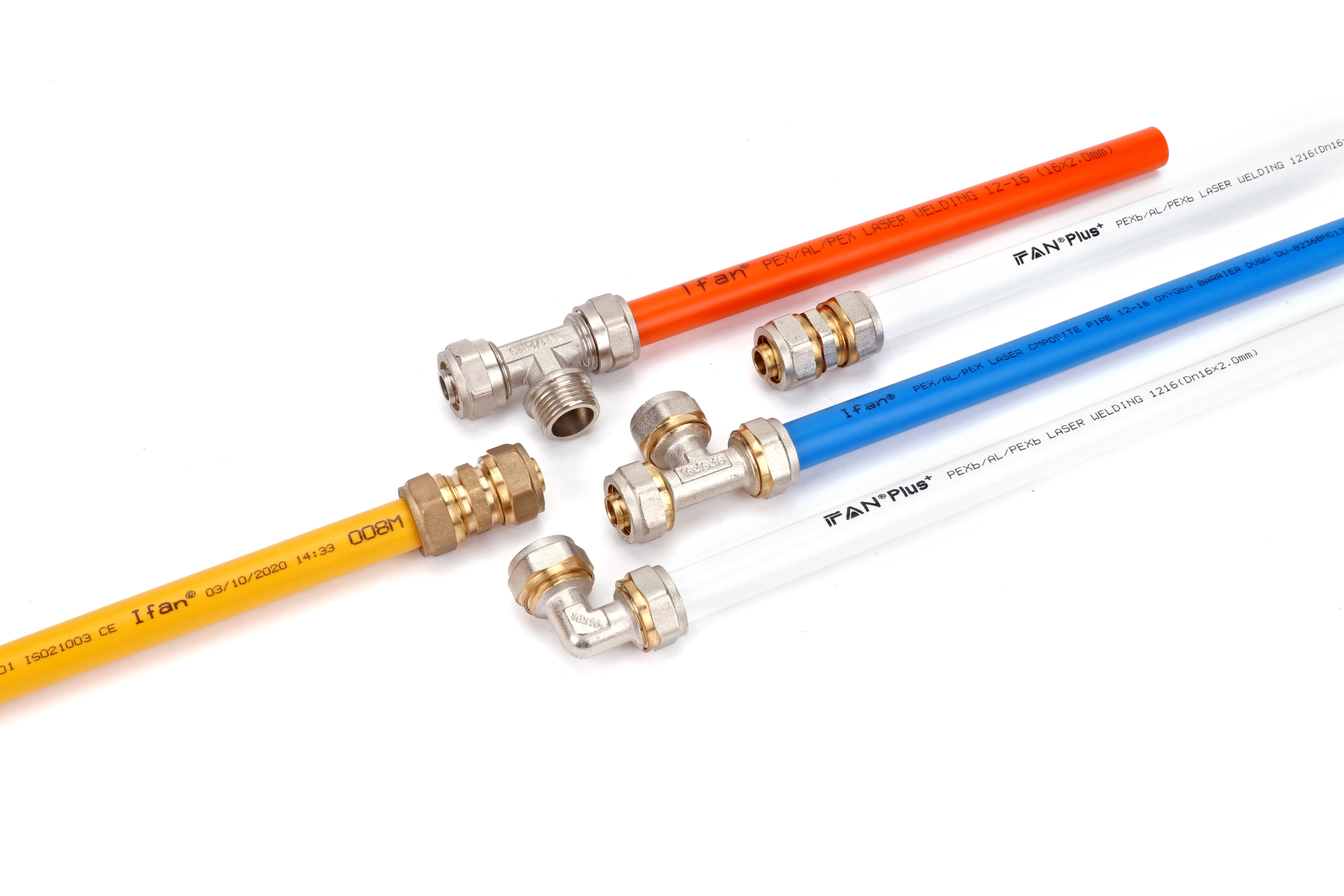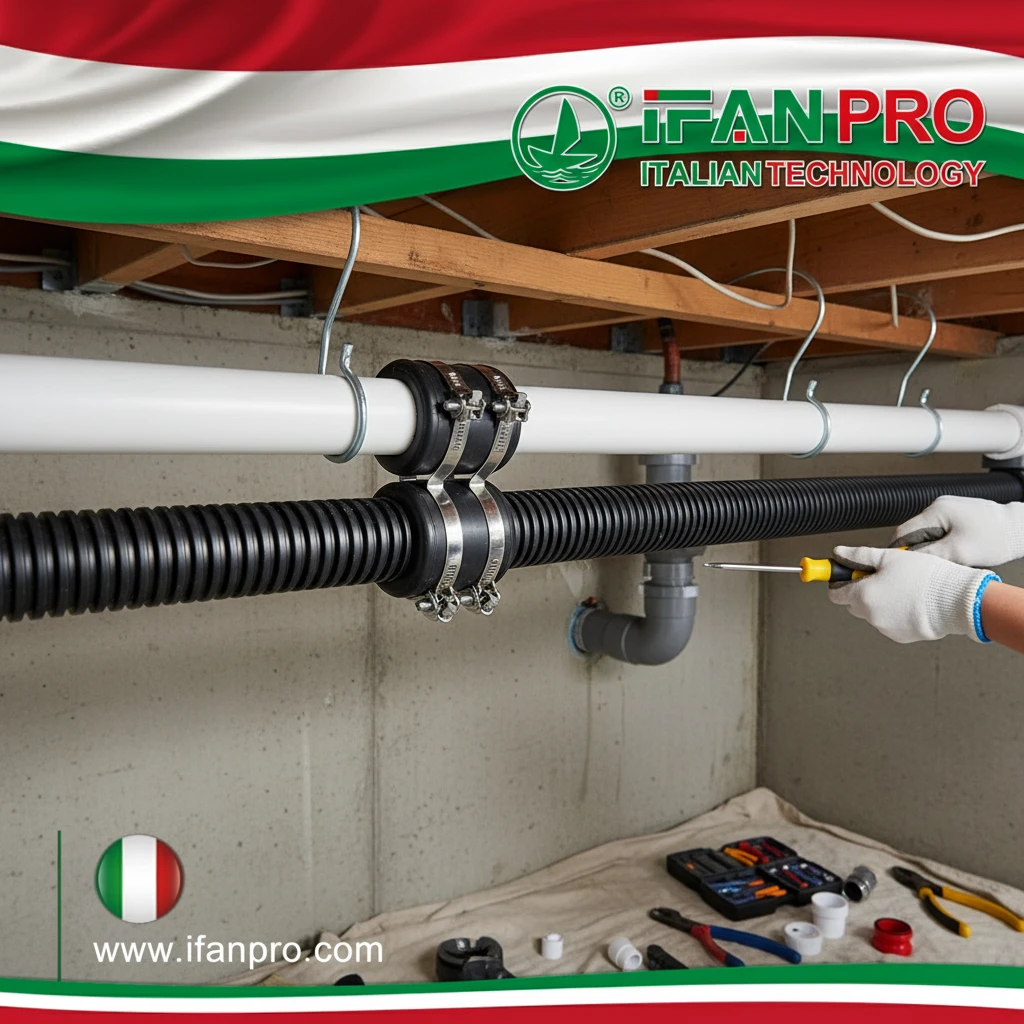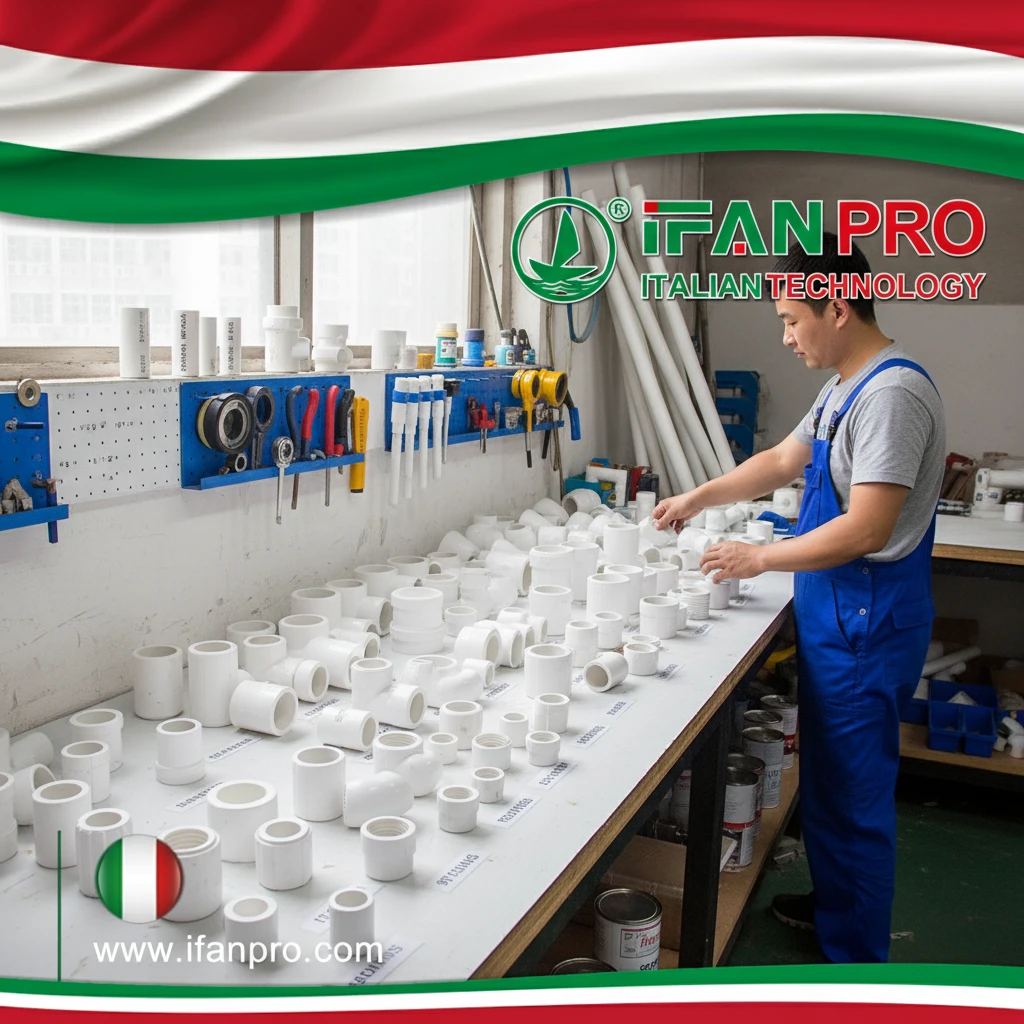After twenty years in the plumbing industry and training hundreds of installers, I’ve witnessed the dramatic difference between professional and amateur PEX installations. Last year alone, our company completed over 500 PEX installations with only two leak incidents, both traced to manufacturing defects rather than installation errors.
Reputable professional installers typically guarantee leak-free PEX installations through comprehensive warranties backed by proper certifications, proven installation techniques, and systematic quality control processes. However, the specific guarantee terms vary by contractor and depend on using manufacturer-approved methods and materials while adhering to local plumbing codes.
The assurance of leak-free performance stems from multiple layers of professional practice rather than any single factor. Let’s examine what separates professional installations that can be guaranteed from those that cannot.
What Certifications Should Professional PEX Installers Possess?

When we made manufacturer certifications mandatory for our installation teams, our leak rate dropped by 80% within six months. The structured training and standardized procedures transformed even experienced plumbers into more consistent PEX specialists.
Professional PEX installers should hold manufacturer-specific certifications (Uponor, Viega, Zurn), industry credentials (IAPMO, ASPE), and state-required plumbing licenses. These certifications validate proficiency with specific PEX systems and ensure understanding of installation standards, code requirements, and proper techniques for each fitting type.
Essential Certification Types
Different certifications address various aspects of professional installation:
Manufacturer-Specific Certifications
Leading PEX manufacturers offer comprehensive training programs:
- Uponor ProPEX: Expansion system installation and design
- Viega PureFlow: Crimp and press system mastery
- Zurn PEX Certification: Commercial system installation
- Roth Industries: Radiant heating specialization
Industry Association Credentials
Third-party validation provides broader recognition:
- IAPMO PEX Installation Certification: Universal installation standards
- ASPE Member Certification: Engineering and design excellence
- ICC Plumbing Inspector: Code compliance expertise
- RPA Radiant Professional: Heating system specialization
Government and Regulatory Requirements
Legal mandates ensure minimum competency:
- State plumbing licenses
- Local contractor registration
- Bonding and insurance requirements
- Continuing education credits
Certification Value Assessment
Different credentials provide varying levels of assurance:
| Certification Type | Validation Provided | Typical Renewal | Practical Value |
|---|---|---|---|
| Manufacturer Specific | Product-specific competency | 2-3 years | Highest for warranty coverage |
| Industry Association | Broad technical knowledge | 1-2 years | Professional credibility |
| Government License | Legal minimum competency | 1-4 years | Regulatory compliance |
| Insurance Bonding | Financial responsibility | Annual | Consumer protection |
Which Installation Techniques Ensure Completely Leak-Free PEX Connections?
Our company’s leak rate reached near-zero levels after implementing a seven-point connection verification system. This systematic approach eliminated the variability that causes most connection failures, regardless of installer experience level.
Completely leak-free PEX connections require systematic techniques including proper pipe preparation, manufacturer-recommended installation methods, calibrated tool use, immediate connection verification, and pressure testing protocols. The expansion system typically provides the highest reliability when installed following manufacturer specifications for timing, temperature, and recovery periods.
Proven Leak-Prevention Methods
Professional techniques that eliminate leaks:
Expansion System Precision
For PEX-A expansion connections:
- Maintain 60-70°F installation temperature minimum
- Expand within 15 seconds of fitting insertion
- Allow full 60-minute recovery before pressure testing
- Use battery-powered tools for consistent expansion force
Crimp System Accuracy
For PEX-B/C crimp connections:
- Calibrate crimp tools weekly
- Verify every connection with go/no-go gauges
- Maintain proper ring positioning (1/8″ from pipe end)
- Use manufacturer-matched rings and fittings
Quality Control Protocols
Systematic verification catches errors:
- 100% connection inspection before concealment
- Initial pressure test at installation
- 24-hour follow-up test after system stabilization
- Annual preventive maintenance inspections
Technical Perfection Standards
Professional-grade installation requires attention to detail:
Pipe Preparation Excellence
- Laser-guided cutting for perfect square ends
- Dual-stage deburring (internal and external)
- Alcohol cleaning of all connection surfaces
- Immediate installation after preparation
Tool Calibration Discipline
- Documented weekly tool calibration
- Battery charge monitoring for power tools
- Spare tool inventory for immediate replacement
- Manufacturer-recommended maintenance schedules
How Does Professional Installation Differ from DIY PEX Projects?
We’ve repaired over 200 DIY PEX failures in the past five years, with the average repair costing three times what professional installation would have cost originally. The pattern of failures reveals consistent differences in approach and execution.
Professional installation differs from DIY through comprehensive system planning, proper tool calibration, code compliance awareness, systematic quality control, and warranty protection. Professionals approach PEX installation as an integrated system rather than a series of individual connections, considering water chemistry, pressure dynamics, and long-term performance.
Fundamental Approach Differences
The professional mindset creates different outcomes:
System Design Philosophy
- Professionals: Design entire system before installation
- DIY: Often connect components sequentially
- Result: Professionals anticipate pressure drops, thermal expansion, and service access
Quality Assurance Methods
- Professionals: Multiple verification checkpoints
- DIY: Typically single verification (pressure test)
- Result: Professionals catch errors before concealment
Tool and Material Standards
- Professionals: Invest in commercial-grade equipment
- DIY: Often use consumer-grade tools
- Result: Professional tools provide consistent performance
Performance Comparison Data
Documented differences in installation outcomes:
| Performance Metric | Professional Installation | DIY Installation | Difference Factor |
|---|---|---|---|
| Leak Rate | 0.5-2% | 8-15% | 6x more reliable |
| System Longevity | 30-50 years | 10-20 years | 2-3x longer life |
| Warranty Coverage | 5-25 years | 0-90 days | 20x more protection |
| Repair Frequency | 1-2 incidents decade | 3-5 incidents decade | 60% fewer repairs |
What Warranty Coverage Do Professional Installers Typically Provide?
Our company’s transition to comprehensive warranty coverage transformed our business model, forcing us to improve our installation quality while building customer trust. The warranty terms we offer now serve as both marketing tool and quality enforcement mechanism.
Professional installers typically provide 1-2 years labor warranty with 5-25 years manufacturer materials coverage, though premium contractors may offer extended protection up to lifetime warranties. Warranty validity depends on proper installation per manufacturer specifications, using approved materials, and maintaining documented installation records.
Standard Warranty Structures
Understanding typical coverage terms:
Labor Warranty Provisions
- Basic Coverage: 90 days to 1 year on workmanship
- Standard Coverage: 1-2 years full labor and materials
- Premium Coverage: 5-10 years comprehensive protection
- Exclusions: Usually cover damage from freezing, water chemistry, or external damage
Materials Warranty Terms
- Manufacturer Coverage: 25+ years on PEX tubing
- Fitting Warranties: 5-15 years on brass components
- System Warranties: 10-25 years on complete installations
- Transferability: Often transferable to new homeowners
Warranty Enforcement Factors
Conditions that affect warranty validity:
Installation Requirements
- Manufacturer-approved methods must be used
- Certified installers often required
- Documentation of installation process needed
- Specific tools and materials mandated
Maintenance Obligations
- Annual system inspections may be required
- Water chemistry testing sometimes mandated
- Modification restrictions typically apply
- Professional service requirements for repairs
Professional Warranty Standards
Industry-standard protection levels:
| Contractor Level | Labor Warranty | Materials Warranty | Typical Cost Premium |
|---|---|---|---|
| Basic Licensed | 1 year | Manufacturer only | 0% |
| Established Company | 2-5 years | 10-25 years | 15-25% |
| Premium Specialist | 5-25 years | 25 years-lifetime | 25-40% |
| Manufacturer Certified | 1-10 years | Full system coverage | 20-30% |
Conclusion
Professional installers can guarantee leak-free PEX through proper certifications, proven installation techniques, systematic quality control, and comprehensive warranty coverage, with the most reliable professionals offering extended protection backed by manufacturer certifications and documented installation excellence.













Commentaires récents